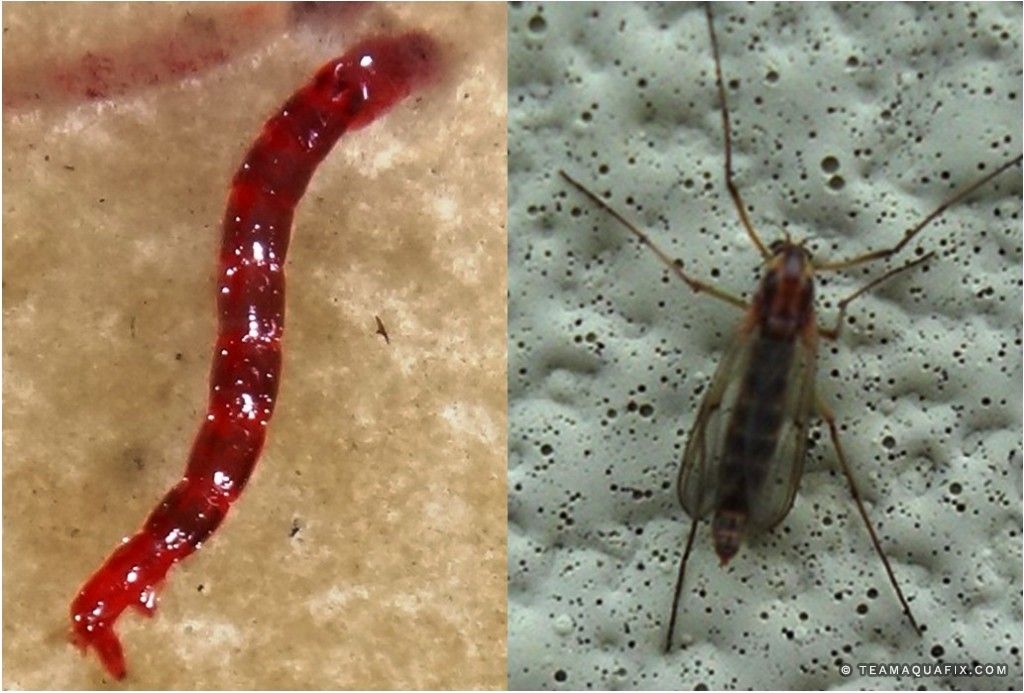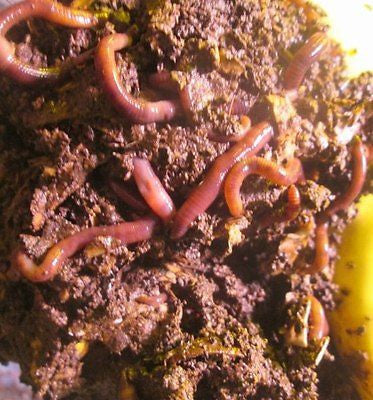Great starter red wigglers: For backyard gardening
Great starter red wigglers: For backyard gardening
Blog Article
Whatever You Required to Know Concerning Red Wigglers for Composting
Red wigglers, or Eisenia fetida, play an essential duty in the realm of composting, changing organic waste right into useful soil modifications. Their one-of-a-kind organic characteristics allow them to thrive in numerous conditions, making them a suitable choice for both beginner and experienced composters alike. Comprehending their needs and advantages is critical for developing a productive vermicomposting system. The process of setting up a worm container and keeping it can posture obstacles. To successfully harness the capacity of these worms, one need to check out the ins and outs of their treatment and management.
What Are Red Wigglers?

(Western North Carolina Worm Farms)
Belonging To The United States and copyright, red wigglers are surface-dwelling organisms that favor wet, cozy environments rich in breaking down raw material. Their diet is composed largely of decomposing plant product, food scraps, and other organic debris, which they consume and damage down successfully. As they digest this product, they generate nutrient-rich spreadings that enhance soil fertility.
Red wigglers are hermaphroditic, possessing both male and women reproductive organs, and can reproduce promptly under ideal problems. This capability makes them a perfect selection for composting systems, as their population can raise quickly. Their resilience and flexibility to various settings even more strengthen their significance in lasting waste management methods. Overall, red wigglers are crucial contributors to the process of recycling organic waste right into valuable garden compost.
Advantages of Making Use Of Red Wigglers
Using red wigglers in composting systems uses numerous advantages that improve both the performance of waste management and the high quality of the resulting garden compost. These worms, medically referred to as Eisenia fetida, are especially effective at damaging down organic issue, turning kitchen area scraps and lawn waste right into nutrient-rich garden compost at an accelerated rate.
One of the main benefits of utilizing red wigglers is their capacity to eat large quantities of organic material, typically refining their weight in food waste daily. This high intake price brings about faster decomposition and decreases the volume of waste sent to garbage dumps. Moreover, the spreadings created by red wigglers are abundant in necessary nutrients, advantageous microbes, and enzymes, making them an outstanding plant food for gardens and plants.
Furthermore, red wigglers thrive in a range of environments, making them adaptable for both indoor and outdoor composting systems - red wigglers. Their presence in a garden compost container assists to aerate the material, preventing odors and promoting a healthy and balanced composting process. Overall, employing red wigglers not just adds to efficient waste management but additionally sustains sustainable gardening techniques with the production of top quality garden compost
(Western North Carolina Bait)
Setting Up Your Worm Bin
To effectively establish a worm container, it is vital to select an ideal container that fulfills the needs of red wigglers while offering a favorable setting for composting. An ideal bin can be made from plastic, wood, or metal, with a capability of at the very least 1 square foot for each pound of worms.
Make certain the container has sufficient drainage holes to stop excess wetness, as red wigglers prosper in a moist, however not water logged, setting. red wigglers. The container needs to additionally be aerated to give enough air movement, preventing anaerobic problems that could hurt the worms
A suitable location for the worm bin is a great, dark location, without direct sunlight and extreme temperatures, as red wigglers prefer a temperature level series of 55 to 77 levels Fahrenheit.
Prior to introducing the worms, prepare bedding materials such as shredded paper, cardboard, or coconut coir, which will certainly supply both environment and food. Moisten the bed linen lightly to create an inviting setting for the worms. Finally, think about placing a cover on the container to preserve humidity and reduce parasites, while guaranteeing it can be easily removed for maintenance.
Feeding and Treatment Guidelines
Feeding red wigglers is an essential aspect of keeping a healthy composting system. These worms grow on a diverse diet, largely composed of natural materials such as vegetables and fruit scraps, coffee premises, and crushed eggshells. It is vital to avoid feeding them meat, dairy products, and oily foods, as these can create undesirable odors and bring in pests.
When presenting food to your worm bin, cut or shred materials right into smaller items to facilitate quicker decay. Start with percentages to assess the worms' intake rate, progressively enhancing the amount as they adapt. It is suggested to alternate feeding places within the container to motivate detailed mixing and oygenation of the garden compost.

Troubleshooting Common Issues
Preserving a thriving worm composting system can often provide difficulties that require attention and troubleshooting. Usual concerns consist of an unpleasant odor, which often indicates overfeeding or the visibility of anaerobic problems. To fix this, minimize the quantity of food included and make certain appropriate aeration by mixing the bed linens product.
Another frequent issue is the retreat of worms from the container. This can occur because of too much moisture or inappropriate ecological conditions. Routinely check the dampness levels, going for a moist but not soaked consistency, and keep optimum temperatures in between 60-80 ° F(15-27 ° C )to produce a comfy environment for your red wigglers.
Insects, such as fruit flies, can likewise get into worm containers. red wigglers. To battle this, cover food scraps with a layer of bedding or shredded paper to deter flies from laying eggs. Furthermore, ensure that any type of food added is fresh and complimentary from mold, which can bring in unwanted bugs
Lastly, if your worms appear inactive, look for stress factors such as temperature fluctuations or poor wetness. Attending to these common concerns will help keep a healthy my sources and balanced and efficient worm composting system.
Final Thought
In summary, red wigglers, or Eisenia fetida, play an important duty in sustainable waste administration via vermicomposting. Their ability to effectively transform organic waste into nutrient-dense spreadings boosts soil health and wellness and advertises plant growth. Correct arrangement and maintenance of a worm container, along with adherence to feeding standards, make certain a growing ecological community that decreases garbage dump contributions. Attending to usual concerns promptly even more sustains the performance of this eco-friendly practice, contributing to environmental sustainability and agricultural efficiency.
Report this page